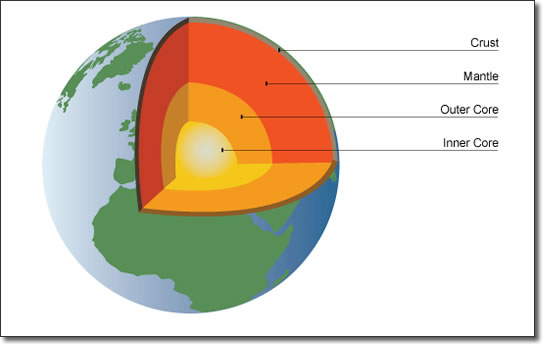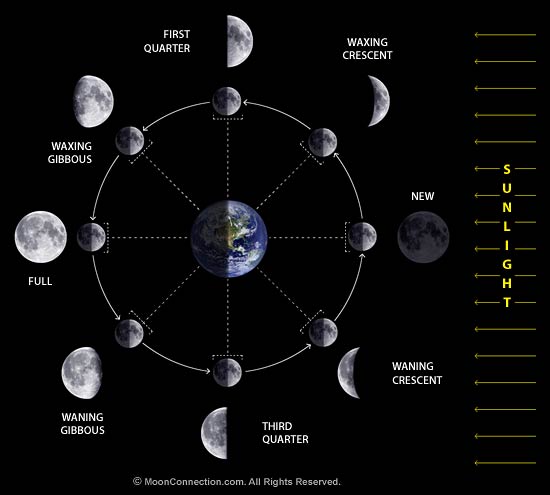Today in Earth Science I learned a wonderful method on how to describe to children the layers of the Earth. The Lithosphere of the Earth has two main cores, an inner (plastic) core and an outer (liquid) core, a solid mantle, a plastic upper mantle, and a solid crust. Below I have provided an image I have found on Google to describe the layers of the Earth.

To help students understand the Earth's layers, my teacher shared with us the M&M method. What one does is bite half of a chocolate peanut M&M. A student can then observe the layers of the M&M and will be able to label the treat to understand the concept of Earth's layers and how M&M's and the Earth are similar.
A peanut M&M and the Earth's layers are similar because they each contain a crust; in this case an M&M has a chocolate casing, an inner and outer core, and a mantle. Even though the peanut M&M does not have a liquid or plastic core, a student will be able to understand that this delicious treat contains many layers. This will help students visualize and remember the Earth's layers. Below I have provided an image I found on Google of a half eaten M&M that I have labeled.
This was a fantastic experiment and if I have the chance to teach my future students Earth's layers I will use the M&M method if I have an old enough group. I would have never have thought of using an M&M to design a way for students to visualize and remember the layers. I know because of this project, I will never forget the layers. This was a fun representation and afterwords a nice treat to enjoy!
Below are the websites I used for the pictures:
1st picture: http://www.sms-tsunami-warning.com/theme/tsunami/img/structure-of-the-earth.jpg
2nd picture: http://www.google.com/imgres?um=1&hl=en&sa=N&tbo=d&biw=1440&bih=730&tbm=isch&tbnid=CcUhMQZ9i4GkCM:&imgrefurl=http://www.obsessivesweets.com/2010/05/strawberried-peanut-butter-m.html&docid=JQKKETMhNCipGM&imgurl=https://blogger.googleusercontent.com/img/b/R29vZ2xl/AVvXsEj83LcI_SSIe6Bw4pOKtoiXBIDcT3THCK2Bh5r1MOWuiCLNGAFTlGFDO0WoCVSwj536ropKvpAcNz1g4HF8viQz10GcyiXx5tWJoTLApldFzVaWMlbxJhbURz6UNsp5vdeJck8ESB_cGG6u/s1600/100_3126.JPG&w=1600&h=1068&ei=xnL0UIiqGoHF2QWhi4HoAg&zoom=1&iact=hc&vpx=470&vpy=172&dur=548&hovh=137&hovw=203&tx=141&ty=69&sig=107868146762121972164&page=3&tbnh=137&tbnw=203&start=68&ndsp=39&ved=1t:429,r:87,s:0,i:353



